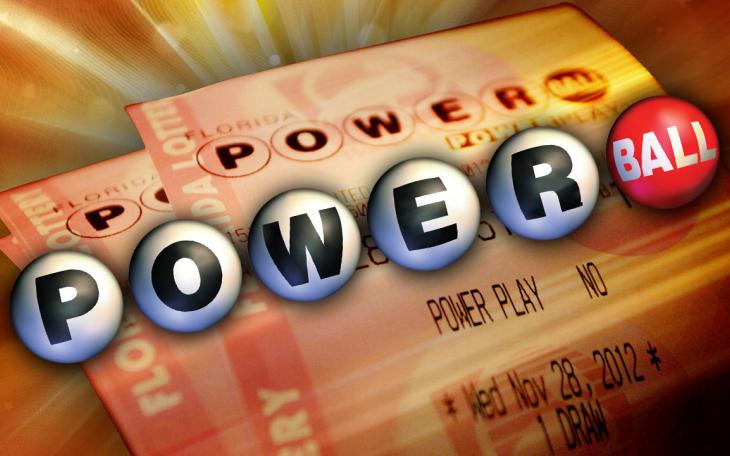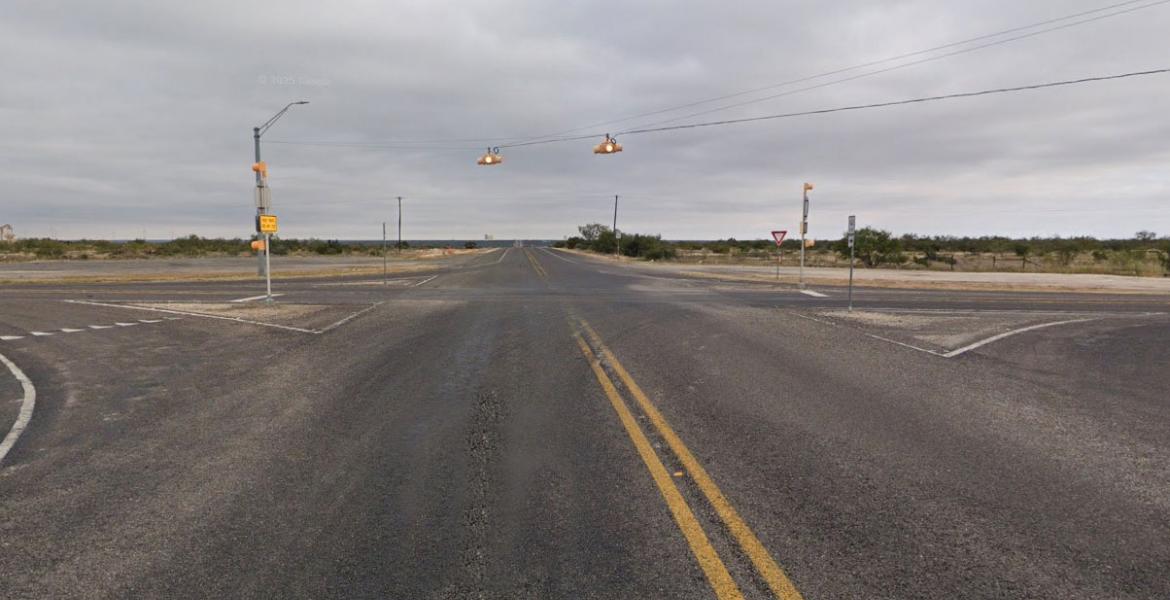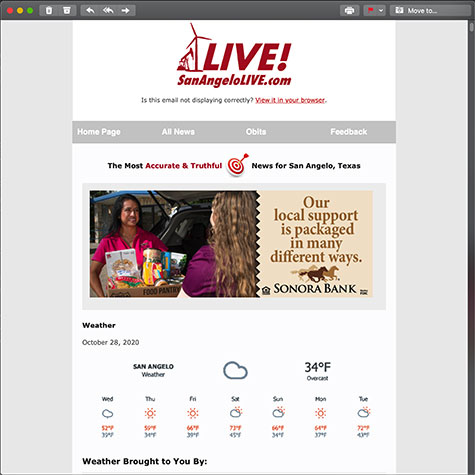SAN ANGELO, TX - The statewide gas price average in Texas is $2.74 per gallon for regular unleaded fuel, according to the AAA Texas Weekend Gas Watch.
That price is the same as this day last week and is 10 cents less per gallon compared to this day last year.
Of the major metropolitan areas surveyed in Texas, drivers in the El Paso area are paying the most on average at $2.96 per gallon while drivers in Laredo, Lubbock, Tyler and Wichita Falls are paying the least at $2.61 per gallon.
San Angelo is paying $2.84 a gallon of regular unleaded which is an 11 cent increase from last week. A year ago, San Angelo had a gallon of gas priced at $2.71, 13 cents less than this time last year.
The national average price for a gallon of regular unleaded is $3.14, which is two cents more when compared to this day last week and the same price per gallon when compared to this day last year.
Earlier this week, White House officials announced a one-month postponement on tariffs that would be imposed on goods from Canada and Mexico. Nearly 70% of U.S. crude oil imports come from Canada and Mexico, with the bulk coming from Canada.
“While tariffs can play a role in gas prices, they are just one factor among many,” said Daniel Armbruster, AAA Texas spokesperson. “Others that may influence what we pay at the pump include global supply and demand, seasonal demand, production levels, refinery maintenance, natural disasters, and geopolitical and global events. It’s difficult predict how high gas prices will go or when. Fluctuations in gas prices truly depend on the price of crude oil, which may be impacted by tariffs.”
According to the Energy Information Administration (EIA), gasoline stocks rose by 2.2 million barrels, while distillate inventories dropped by 5.5 million barrels. As we approach spring – gas prices tend to jump around with the switch to summer blends, which occurs in March and April.
Fuel Saving Tips From AAA
- Tires & maintenance – keep your vehicle in top shape with routine inspections and in between, make sure your tires are properly inflated.
- Plan ahead – map your route before you go to minimize unnecessary turnarounds and backtracking. Avoid peak traffic times. Combine errands and go to "one-stop shops” where you can do multiple tasks (banking, shopping, etc.).
- Watch your speed – fuel economy peaks at around 50 mph on most cars, then drops off as speeds increase. Reducing highway speeds by 5 to 10 mph can increase fuel economy by as much as 14%.
- Avoid excessive idling – a car engine consumes one quarter to one-half gallon of fuel per hour when idling, but a warm engine only takes around 10 seconds worth of fuel to restart. Where safe to do so, shut off your engine if you will be stopped for more than a minute.
- Use "fast pass" or “express” toll lanes – avoiding unnecessary stops or slowdowns on the highway helps save fuel.
- Avoid rush hour – take advantage of flex work hours to avoid commuting during peak traffic times.
- Anticipate road conditions – watch the traffic ahead and "time" stoplights to maintain momentum and avoid unnecessary stop and go.
- Regular vs. Premium – if regular gas is recommended for your vehicle, that’s all you need. Opting for premium when your car doesn’t require it will only cost you money and doesn’t improve fuel economy.
- To find the best gas price in your area, use the AAA Mobile App. AAA Members should enroll in Shell’s Fuel Rewards program to save 30 cents per gallon on their first fill-up and 5 cents per gallon on each additional fill-up.
Subscribe to the LIVE! Daily
Required






Post a comment to this article here: